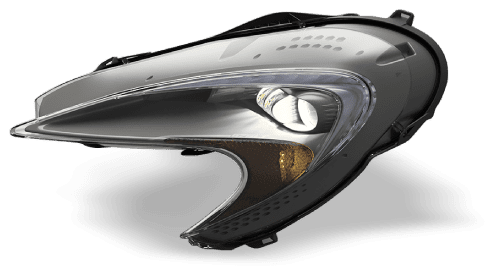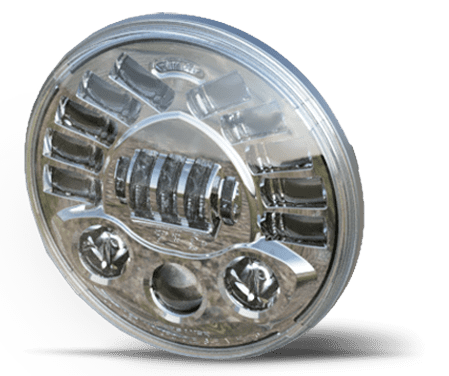
The Rise of Matrix LED Headlights and Their Benefits
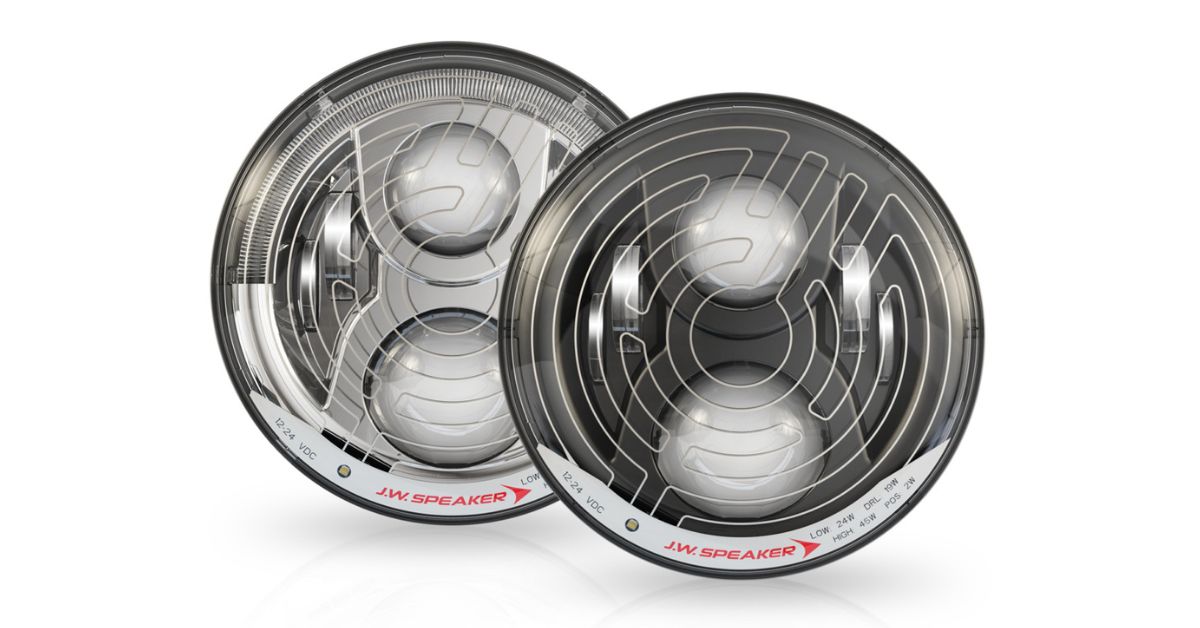
Matrix LED headlights utilize sophisticated control systems that can independently adjust individual LED segments within the headlight assembly. This technology enables precise light management that adapts to real-time driving conditions and environmental factors.
The result is a lighting solution that maximizes visibility while minimizing glare for oncoming traffic and surrounding areas.
The rise of matrix LED headlights, and the impact of their benefits, both extend far beyond passenger vehicles. Industries ranging from agriculture to mining have recognized the substantial benefits these advanced lighting systems provide.
Let’s take a closer look at what makes this technology so impactful to many different industries.
What are Matrix LED Headlights?
Matrix LED headlights consist of an array of individually controllable LED segments arranged in a grid pattern within the headlight housing.
Each LED segment can be independently dimmed or turned off based on sensor input and driving conditions. This segmented approach allows the headlight to create complex light patterns that adapt to specific situations.
The technology relies on sophisticated control units that process data from various sensors, including cameras, ambient light sensors, and vehicle speed sensors. These inputs enable the system to make real-time adjustments to the light output.
When the system detects oncoming traffic, it can selectively dim specific LED segments to prevent glare while maintaining maximum illumination in other areas.
The precise control over each element enables the creation of highly customized light patterns that would be impossible with traditional headlight designs. This level of control transforms the headlight from a simple illumination device into an intelligent lighting system that responds to environmental conditions.
Unmatched Precision and Control
The precision offered by matrix LED headlights surpasses any previous lighting technology.
Traditional headlights provide uniform illumination across their entire beam pattern, which can create unwanted glare and inefficient light distribution. Matrix LEDs eliminate these limitations by allowing your headlights to independently adjust specific areas of the light pattern.
Dynamic light distribution represents one of the most significant advantages of matrix LED technology.
The system continuously monitors driving conditions and adjusts the light pattern accordingly. During highway driving, the system can extend the high beam range while creating shadow zones around detected vehicles.
This capability maintains maximum visibility for the driver while preventing glare for other road users.
Adaptive driving beam functionality takes precision control to the next level. The system can create complex light patterns that follow road curvature, highlight potential hazards, and adjust intensity based on weather conditions.
This adaptability ensures optimal visibility in all driving scenarios, from urban environments to rural highways.
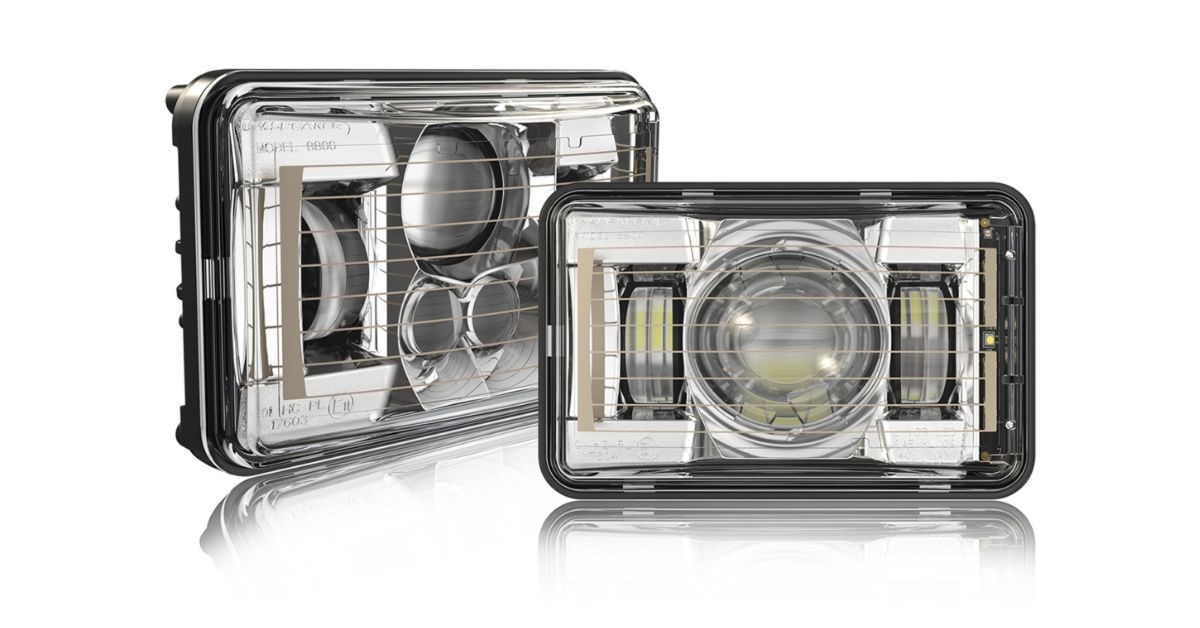
Enhanced Safety on the Road
Undoubtedly, the rise of matrix LED headlights can be directly attributed to one of their biggest benefits; better safety standards.
The ability to maintain high beam illumination while preventing glare for oncoming traffic significantly reduces the risk of accidents caused by inadequate visibility. Traditional headlights require drivers to manually switch between high and low beams, frequently resulting in compromised visibility during critical moments.
Matrix LED systems eliminate the need for manual beam switching by automatically creating the optimal light pattern for each situation. The system maintains maximum illumination of the road ahead while protecting other drivers from glare.
This continuous optimization ensures that visibility is never compromised due to human error or delayed reactions.
The precise control over light distribution allows the system to highlight specific areas of interest, such as road signs, pedestrians, or potential hazards. This targeted illumination draws the driver’s attention to critical information and improves reaction times in emergency situations.
Energy Efficiency and Longevity
Matrix LED headlights deliver exceptional energy efficiency compared to traditional lighting technologies. LED elements consume significantly less power than halogen or HID bulbs while producing superior light output.
The ability to selectively dim or turn off specific LED segments further reduces power consumption by ensuring that only necessary illumination is provided.
The extended lifespan of LED technology translates to reduced maintenance costs and improved reliability. Matrix LED headlights typically operate for 25,000 to 50,000 hours before requiring replacement, compared to 1,000 to 2,000 hours for halogen bulbs.
This longevity is particularly valuable in commercial and industrial applications where downtime for maintenance can be costly.
Reliable Heat Management Solutions
Heat management in matrix LED systems is superior to traditional lighting technologies. LEDs generate minimal heat compared to halogen or HID bulbs, reducing the thermal stress on headlight housings and surrounding components.
This improved heat management contributes to the extended lifespan and reliability of the entire lighting system.
For the most reliable performance, opt for OEM headlights instead of aftermarket solutions. Original Equipment Manufacturer (OEM) parts are specifically built with your vehicle in mind, so you will easily find a good fit that will last for years.
Before choosing any OEM part, make sure that it comes with all the features you need, whether that’s matrix LED lighting or a more robust design for off-road adventures.
Matrix LEDs Across Industries
The automotive sector has been the primary driver of matrix LED development, with luxury manufacturers leading the adoption of this advanced technology. Premium vehicles now feature matrix LED headlights as standard equipment, providing drivers with superior visibility and safety.
Commercial truck applications benefit significantly from matrix LED technology due to the demanding operating conditions and extended hours of operation. The precise light control helps reduce driver fatigue during night driving while improving safety for other road users.
The energy efficiency of matrix LEDs also reduces the electrical load on truck alternators, improving fuel efficiency.
Off-roading and specialty vehicle applications take advantage of matrix LED technology to create customized lighting solutions for specific environments. The ability to adjust light patterns in real-time allows these vehicles to adapt to changing terrain and conditions.
Custom lighting projects benefit from the flexibility and control instantly delivered by LED systems.
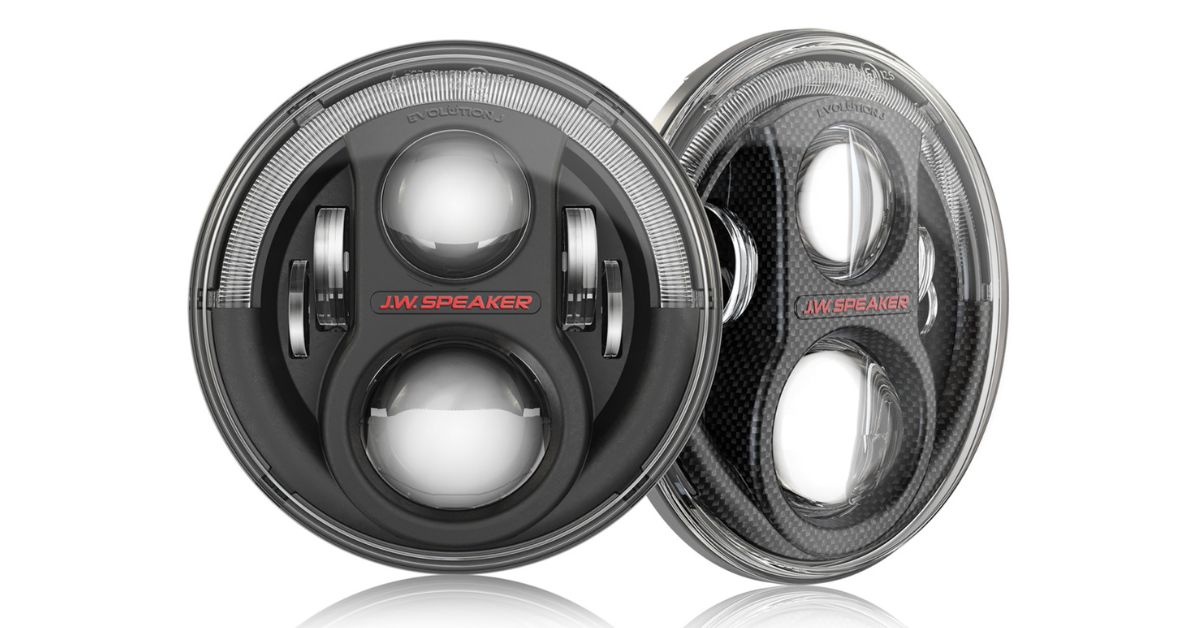
Matrix LED Headlights: A Sustainable Choice
The environmental benefits of matrix LED technology extend beyond simple energy efficiency. The extended lifespan of LED elements reduces the frequency of replacement, minimizing waste and reducing the environmental impact of manufacturing and disposal.
Reduced power consumption translates to lower carbon emissions, particularly in applications where lighting systems operate for extended periods. The efficiency improvements provided by matrix LEDs contribute to overall vehicle fuel efficiency by reducing the electrical load on charging systems.
Embracing the Matrix LED Revolution
Matrix LED headlights represent a fundamental shift in lighting technology that offers substantial benefits across multiple industries. The precision, efficiency, and adaptability of these systems make them the clear choice for applications requiring optimal visibility and safety.
Find successful ways to integrate matrix LED lighting in your vehicle today.
Organizations considering the adoption of matrix LED headlights should evaluate the substantial long-term benefits these systems provide. The combination of improved safety, reduced maintenance costs, and enhanced performance makes matrix LEDs a compelling investment for any application where lighting quality is critical to success.

